Celebrating the Astronomical Society of Southern Africa 2025 Astrophotography Competition
Chantal / 22 August 2025
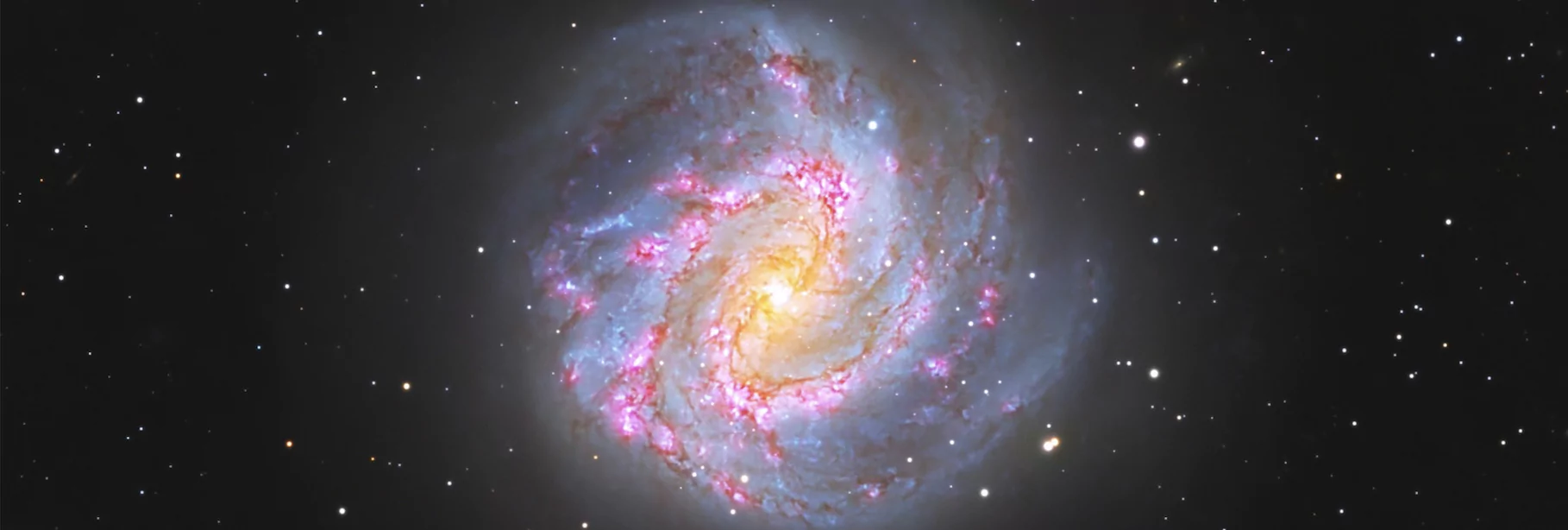
Astrophotography captures the mystery and majesty of the night sky. For centuries, people have gazed up in wonder at the stars, the planets, and the Milky Way — often with nothing more than the naked eye. Today, thanks to the wonder of modern photography, we can record these celestial moments in extraordinary detail and share them widely. Cameras and techniques now reveal colours, textures, and deep-sky objects that were once invisible to most people, making the beauty of space more accessible than ever before. What was once reserved for scientists with telescopes is now something anyone with curiosity and dedication can experience, admire, and share with the world.
This year, the Astronomical Society of Southern Africa proudly hosted its annual Astrophotography Competition, inviting space enthusiasts, astronomers, photographers, and creatives — both amateur and professional — to turn their lenses skyward. The challenge was simple yet profound: capture something spectacular in our skies and share it with the world.
RapidStudio is especially proud to be part of the prize-giving for the 14 entrants. Our goal at RapidStudio is to make sharing your memories and moments easy and fun… and this group of winners has truly caught some moments — like moments from thousands of light-years ago! Mind-blowing! Please enjoy this showcase of some of the winning images, and congratulations to all the entrants.
Photo credit (above): 1st place by Peter Dunsby. The Southern Pinwheel Galaxy (M83) in HaLRGB
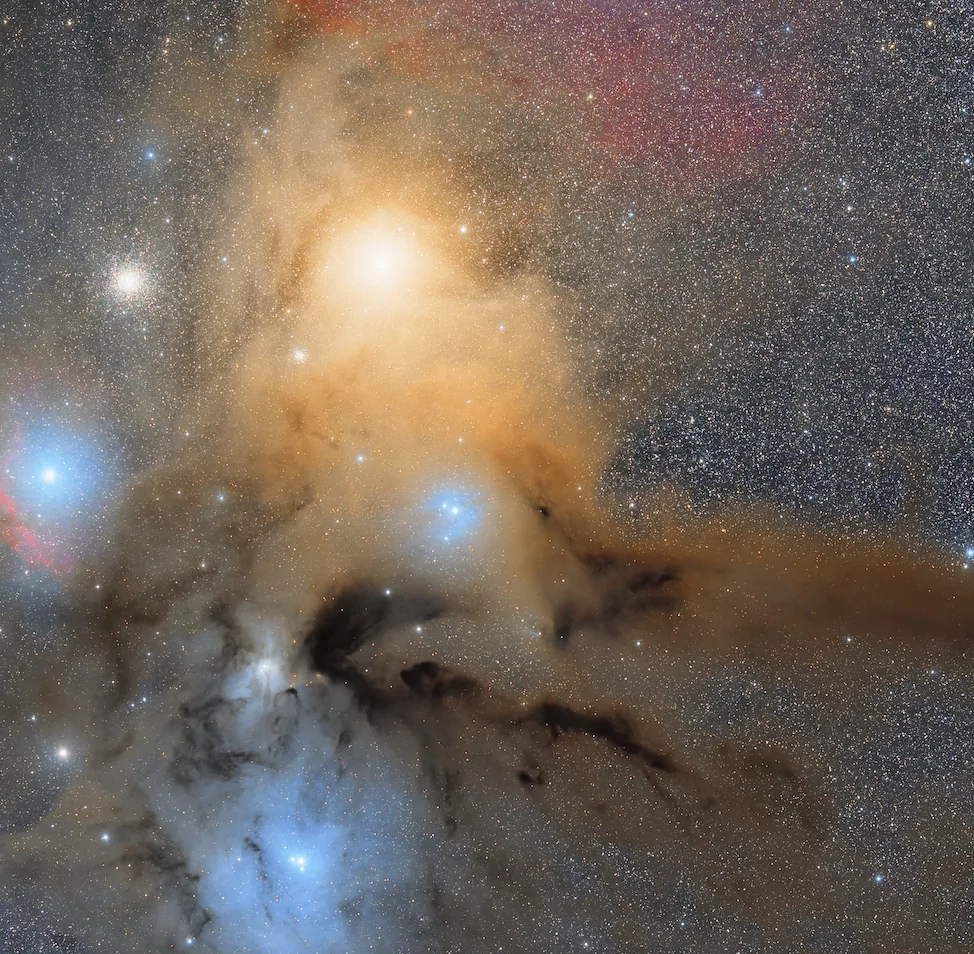
Astrophotography Competition 2025
One of the most exciting events in the local astronomy and photography calendar is the Astronomical Society of Southern Africa (ASSA) Astrophotography Competition. In 2025, the competition drew in passionate photographers from across the region, each eager to showcase their best cosmic captures.
Astrophotography competitions are about more than who has the best camera or telescope — they celebrate patience, creativity, and a love for the sky. Participants often spend hours waiting for the perfect moment, battling light pollution, and fine-tuning their equipment to capture fleeting alignments.
The 2025 competition saw entries ranging from wide-field Milky Way panoramas taken in the Karoo, to close-up lunar shots, planetary alignments, and even long-exposure deep-sky galaxies. These images remind us of our small but significant place in the universe.
Photo credit (left): Peter Dunsby. The Rho Ophiuchi cloud complex
Appreciating the Complexity of Astrophotography
Capturing an astro image is a labour of patience, precision, and often a touch of stubbornness. Unlike daytime photography, where light is abundant, astrophotography demands long exposures, careful tracking of the Earth’s rotation, and often hours spent under cold, dark skies. Photographers may drive far from city lights to escape pollution, then spend additional time setting up telescopes, mounts, and cameras to align perfectly with the stars. A single image can take anywhere from a few minutes to several hours to capture — and in many cases, especially for deep-sky objects like nebulae or distant galaxies, it can take weeks or even months of repeated sessions to collect enough data. These multiple exposures are then carefully stacked to reduce noise and reveal faint details otherwise invisible to the eye. The complexity doesn’t end with the shutter click — the entire night’s work can hinge on the weather, a slight vibration, or even a passing car’s headlights. It’s a meticulous process, but for those who love the cosmos, the resulting image is worth every second, and sometimes every season, of effort.
Colour, Depth, and the Magic of Astro Editing
Post-production in astrophotography is a little like alchemy: you begin with a raw, almost shadowy capture of the heavens and slowly coax out its hidden brilliance. The process often involves layering multiple exposures to reduce noise, balancing shadows and highlights to reveal faint star clusters, and carefully adjusting contrast so that galaxies don’t vanish into the black. Colour grading is where the magic happens — teasing out the natural hues of nebulae, the warm glow of a star, or the icy blue of a distant cluster without letting them look artificial. Depth of field in astro images isn’t about blurred backgrounds, but about giving the vast sky dimension; subtle sharpening, gradient masking, and vignettes can draw the eye into the frame, making the universe feel both infinite and intimate. It’s patient work, but the reward is a photograph that breathes with colour, depth, and the mystery of space itself.
Photo credit (right): Second place, Mark Chertkow. NGC6727_combo
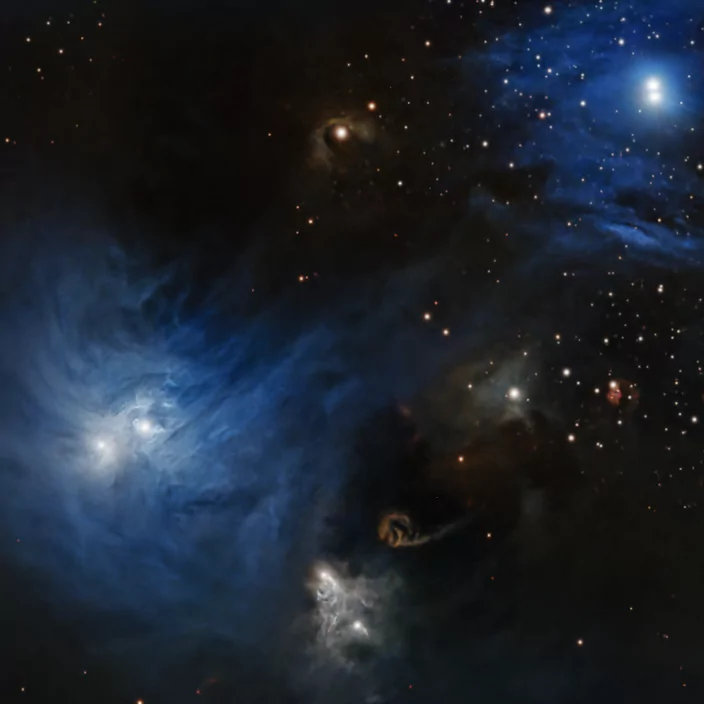
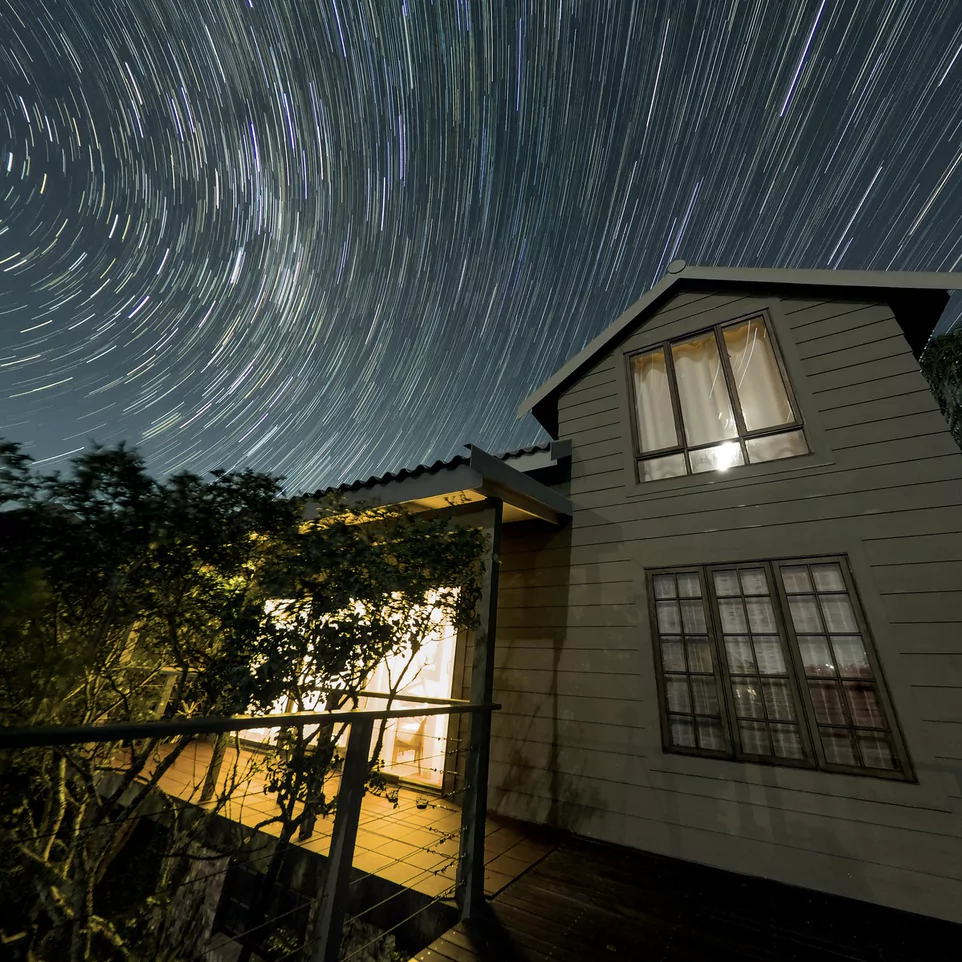
A winning example: Peter Dunsby’s first place image — The Southern Pinwheel Galaxy (M83)
For example, Peter Dunsby’s winning image of the Southern Pinwheel Galaxy (M83) in HaLRGB — pictured in the cover photo above was captured over the course of four months! Have a look at his process below:
2025 ASSA Astrophotography Competition Winner — 1st Prize
- Name: The Southern Pinwheel Galaxy (M83) in HaLRGB
- Location: Newlands, Cape Town (Bortle 7/8)
Integration Time
This image was captured over the course of four months (March – June 2025). It comprises a total of 70 hours of integration time:
- Luminance: 15 hours of 60-second exposures
- Hydrogen-Alpha: 25 hours of 600-second exposures
- Red: 10 hours of 60-second exposures
- Green: 10 hours of 60-second exposures
- Blue: 10 hours of 60-second exposures
Equipment Used
- Telescope: Teleskop Service Photoline 140
- Camera: ZWO ASO2600MM Pro
- Mount: Sky-Watcher EQ8-R
- Filter wheel: ZWO EFW
- Focuser: ZWO EAF
- Filters: Baader LRGB filters, Optolong 3 nm Ha filter
- Guiding: 60 mm guide scope with a Lodestar X2 guide camera
Main Processing Steps in PixInsight
- Generate masters for LRGB and Ha using the usual calibration frames.
- For each master, apply DBE.
- Combine the Ha with the red channel and combine the Ha with the Luminance using PixelMath.
- Combine RGB using Channel Combination.
- Photometric Colour Calibration.
- Create a linear starless image and a linear image for the stars.
- Stretch the starless image.
- Apply deconvolution to the Luminance.
- Remove and discard the stars from the Luminance.
- Stretch the Luminance.
- Apply the Luminance to the RGB image using LRGB Combination.
- Apply various curves to saturate the starless image using a mask generated with the GAME script.
- Stretch the stars and saturate using a star mask.
- Combine the starless image with the stars using PixelMath.
Image credit to esteemed winner — Peter Dunsby.
Photo credit (left): Daniel Mendelowitz. Milky Way Swirl
Beautiful Ways to Display Astronomical Photos
Astrophotography is not just about capturing an image — it’s about freezing a once-in-a-lifetime cosmic alignment or an awe-inspiring celestial scene. Presenting these images in the right medium can bring a smile, inspire, or become a personal and thoughtful gift for someone special. Once you’ve captured your astro photo, the fun begins: choosing how to display it. Here are some beautiful and creative ideas:
- Photobooks: Create a themed astro photobook with sections for planets, eclipses, constellations, and deep-sky objects. Use captions to note the location, date, and equipment used.
- Canvas Prints: Large wall canvases are ideal for breathtaking wide-field Milky Way shots. The canvas texture adds warmth and turns your photo into fine art. Decorating your space with art that inspires you invokes good feelings.
- Poster Prints: Great for students or astronomy club members, posters offer high definition and allow bold displays at a lower cost.
- Mugs: Start your morning coffee with the sky in your hands. Printing your favourite astro photo on a mug is a daily reminder of the wonders of the universe and makes a great gift for someone you love.
- Jigsaw Puzzles: Put the universe together! RapidStudio’s puzzles are easy — from 8 to 80 pieces. Great for young family members or young astro-enthusiasts. A wonderful way to marvel at the skies while having a bit of fun.
- Notebooks: While you make your notes about the universe, do it in a personalised notebook featuring a little bit of inspiration from outer space. Personalised notebooks put a bit of fun into the busyness of life and our faltering memories — where it helps to jot things down before they’re forgotten!
Whether you’re looking to decorate your home or office with art and photographs that inspire you, or wanting to share that unique, special gift with someone you care about — RapidStudio has you covered.
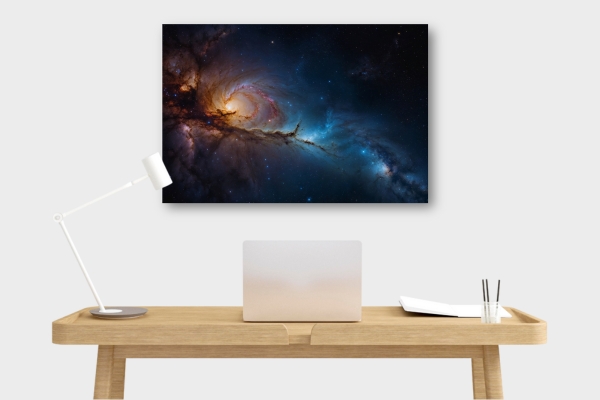
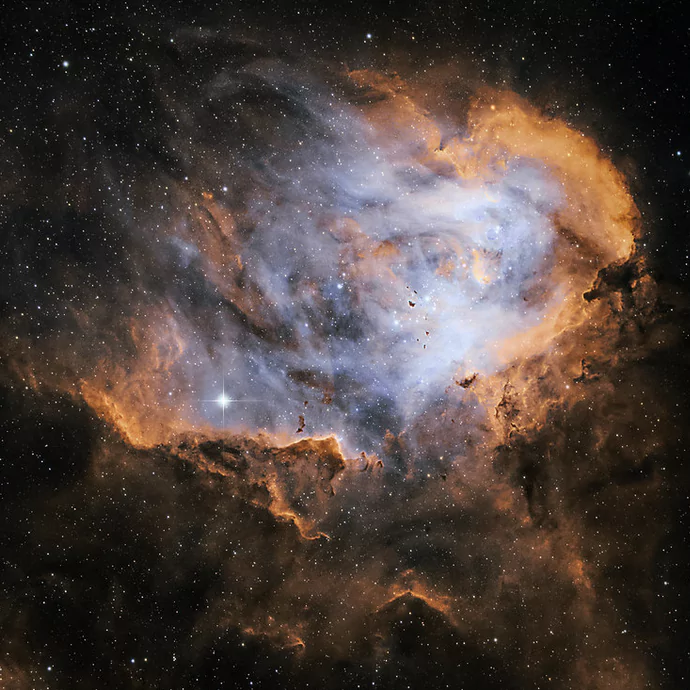
RapidStudio Congratulates the 14 entrants
RapidStudio is proud to stand alongside ASSA in congratulating the 14 entrants of the 2025 Astrophotography Competition. Each finalist demonstrated not just technical skill but also an eye for beauty and storytelling.
Astrophotography requires dedication, often long nights and cold mornings, and we honour those who push boundaries to share their vision of the sky. The entrants’ images will inspire countless others to look up and perhaps pick up a camera.
This year, ASSA partnered with RapidStudio to ensure that entants could preserve their work in the most beautiful way possible: print. Each finalist was awarded a high-quality print of their astro photo, produced by RapidStudio on premium photo paper.
Do You Have a Passion for the Skies?
If you’ve ever found yourself staring up at Orion on a summer night or holding your breath as a meteor blazes across the horizon, you already share the spark that fuels astrophotographers. Getting started doesn’t require the most expensive gear — it begins with curiosity, patience, and a willingness to spend time under the stars. A basic DSLR or even a mirrorless camera on a sturdy tripod can capture remarkable wide-field shots of constellations and the Milky Way. From there, learning the essentials — longer exposures to gather light, wider apertures to open up the sky, and higher ISO settings to reveal faint stars — will help transform simple stargazing into your first astro images. As you progress, you might experiment with tracking mounts to follow the Earth’s rotation, stacking multiple images to reduce noise, and even trying your hand at photographing planets or deep-sky objects. The journey is one of gradual discovery, where each outing teaches you something new about both photography and the cosmos. All it really takes is the passion to look up and the dedication to capture what you see.
Final Thoughts
Astrophotography is more than a hobby — it’s a bridge between art, science, and personal wonder. RapidStudio is honoured to support the Astronomical Society of Southern Africa’s 2025 Astrophotography Competition and to celebrate the entrants whose images will inspire generations. So, the next time you point your camera at the night sky, remember: you’re not just taking a picture. You’re capturing a story of the universe!
Photo credit (leftt): Ben Coley. The Running Chicken Nebula (IC 2944)